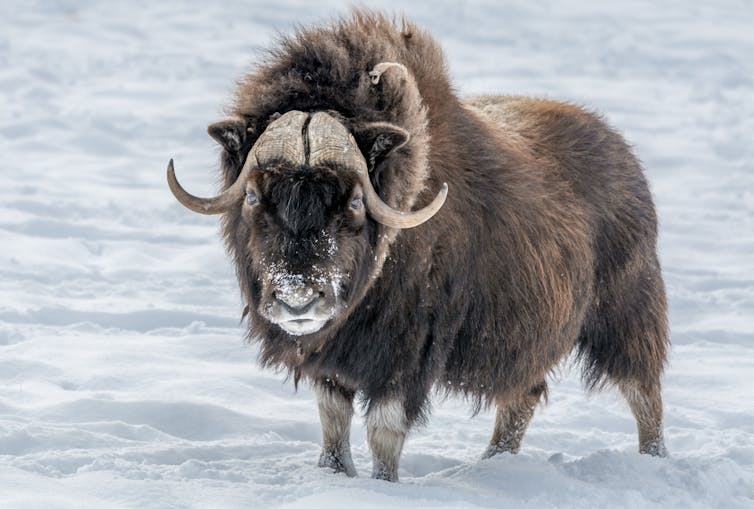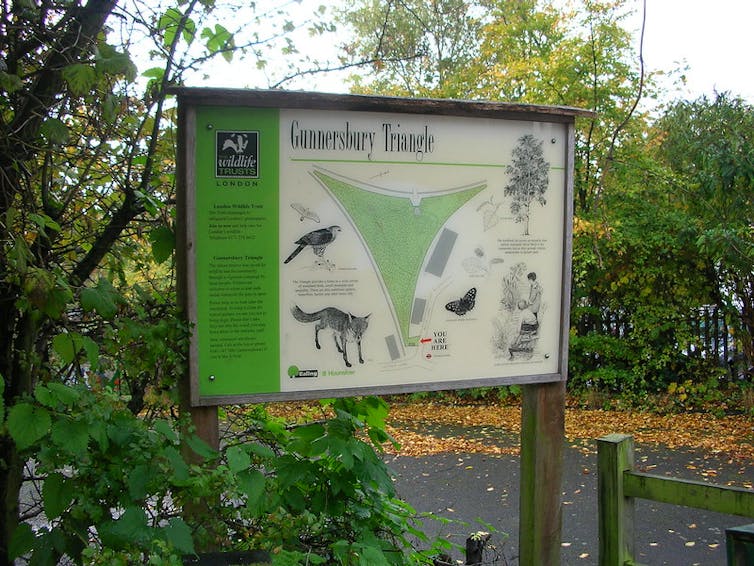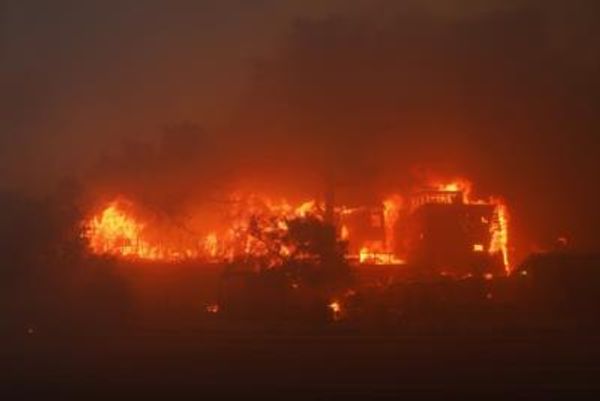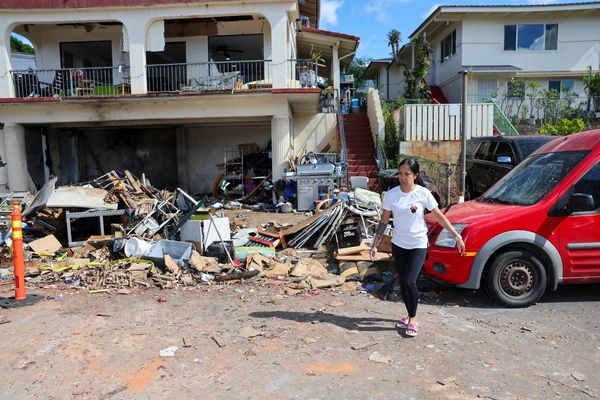
The world’s governments will this year negotiate a series of targets in response to the global biodiversity crisis that has already led to a massive loss of the planet’s wildlife. While none of the previous round of targets agreed in 2010 have been met, the one that gained the most publicity, and arguably the one we got closest to achieving was target 11. Its aim was that:
By 2020, at least 17% of terrestrial and inland water areas and 10% of coastal and marine areas … are conserved through effectively and equitably managed, ecologically representative and well-connected systems of protected areas.
These “protected areas” can range from enormous, strictly-protected areas like US national parks, through the heavily-used landscapes of UK national parks, to tiny urban nature reserves. Protected areas can stop or slow many of the forces threatening biodiversity such as habitat loss, hunting and pollution, and have been a mainstay of global conservation for decades.
By August 2020, some 15% of the world’s land had been protected. This was below the target, but there were enough specific commitments in place to drag the world over the line slightly late. In many ways this is an incredible achievement and perhaps the largest and fastest coordinated change in land management ever.

But the devil is in the detail. For protected areas to be effective they need to be in the right place, and big enough to keep populations of wild species alive. Hundreds of tiny reserves separated by inhospitable farmland may help us reach the 17% target, but they won’t stop extinctions. So, how does our current network stack up? Is it enough to stop species going extinct?
Most animals are underprotected
Colleagues and I recently tackled this question in a study now published in the journal PNAS.
We looked at 3,834 species of terrestrial mammals (all those with available data) and estimated how large a population every protected area in the world could theoretically support (technically, we also grouped adjacent protected areas, as animals can move between them). Understanding how many individuals could survive in each area is vital because small populations just don’t last very long: below a certain size they are much more vulnerable to being wiped out by disease, inbreeding, fires, poaching, or even just falling victim to natural fluctuations in numbers.
To do this, we combined global databases on where animal species live and where the world’s protected areas are located, with site and location specific estimates of population density (how many rhinos – or shrews – do you get per square kilometre).
Worryingly, we found that thousands of species do not appear to be adequately protected. Depending on the exact criteria used, we estimated that at least 1,536 species (40% of those we looked at), and maybe as many as 2,156 (56%) had ten or fewer protected populations that were likely to survive in the long run.

These under-protected species were found across all continents, across all species groups we looked at, and included some of the world’s smallest mammals, as well as some of the largest. Perhaps most concerning, 91% of the world’s threatened mammals – many of which are already the focus of conservation efforts – were under-protected, and hundreds of these species appear to have no viable protected populations at all. These species are at serious risk of population declines or extinctions as habitat outside protected areas comes under increasing pressure.
What is more, these numbers represent a best-case scenario. In reality, protected areas are only effective if they are well-managed, and most simply don’t have the resources.
What works?
Our work suggests that what matters is not the total percentage of the world that is protected, but whether protection is in the right places and whether protected areas are large enough, or well enough connected to other areas, to support populations that will survive in the long term. If not, then they are just delaying the inevitable, and species will continue to be lost from them, whether or not targets have been met.
Expanding or relocating the world’s protected areas comes fraught with very real risks to human wellbeing. These areas are based on stopping people from doing things: from chopping down trees, from hunting certain species, from mining, or from farming.
This is what makes them so valuable to biodiversity, but imposes a huge cost on the local population. Many protected areas have a history of colonialism, forced removals, and the impoverishment or disenfranchisement of local and particularly indigenous people. Any future expansion has to be fair to these people.
Expansion is also only going to be possible if we reduce human demand for land. Protected areas are going to be ever more important as growing human consumption puts unprotected land under increasing pressure.
But they are like treating the symptom of a disease, and we also have to treat the root cause. Without rapid shifts towards healthier, plant-rich diets, reductions in food waste, and sustainable yield increases, there simply won’t be enough spare land to protect.
The world’s biodiversity is in serious trouble, and our current system of protected areas appears unlikely to save it. To prevent a wave of extinctions in coming decades, we need to greatly reduce humanity’s global footprint and to couple this with protected areas that are well managed, well located and large enough.
David Williams does not work for, consult, own shares in or receive funding from any company or organization that would benefit from this article, and has disclosed no relevant affiliations beyond their academic appointment.
This article was originally published on The Conversation. Read the original article.







